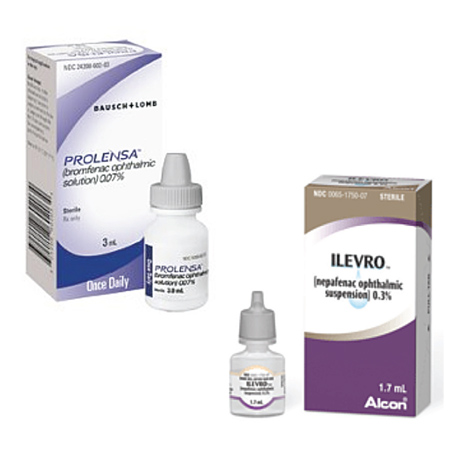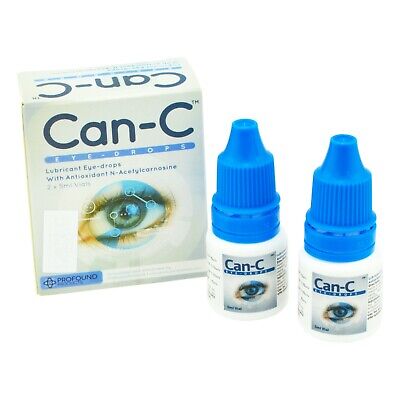Cataract Medications

The use of certain cataract medications has many advantages over their generic counterparts. Most of these medications are NSAIDs and should be taken four times a day. However, some measures will eventually be phased out. One of the most promising newer technologies is a sustained-release dexamethasone punctal plug, which could change the way ocular inflammation is managed in the future. This is an exciting new development that may change the way the medical community treats this problem in the next five to 10 years.
During the postoperative period following cataract surgery, patients will be prescribed steroid eye drops. Topical steroid eye drops can reduce pain and inflammation after cataract surgery. It is important to taper these medication as the side effects of steroid eye drops may increase the pressure inside the eye. Fortunately, nonsteroidal anti-inflammatory medications can also reduce the risk of complications following cataract surgery. A steroid eye drop is a topical drug that is injected directly into the eye.
Cataract medication can be taken with or without prescription eye drops. The type of eye drops prescribed will depend on the patient’s age, type of cataract, and risk factors. If there are any pre-op risks, an antibiotic may be recommended. During the operation, it is best to take an antibiotic to prevent infection and reduce the risk of endophthalmitis. Some medications are injected into the eye. These may be topical or intracameral.
NSAIDs are also effective cataract medicines. NSAIDs are a group of anti-inflammatory drugs and may be prescribed to treat a patient’s eye inflammation. They are not intended for long-term use and are usually only prescribed for pre- and post-operative use. There are several new drugs being developed to treat the disease. Most recently, compound 29 was tested on mice with cataracts. It reduced the cloudiness. Lanosterol eye drops improved vision in rabbits and dogs.
The first cataract medication is Diclofenac Sodium Ophthalmic Solution. This is a topical nonsteroidal anti-inflammatory drug used to reduce the risk of infection after a cataract surgery. It is a common medicine that can be injected into the eye to reduce the risk of endophthalmitis. Its benefits are similar to that of a topical antibiotic. In some cases, the use of intracameral antibiotics is a better option for preventing endophthalmitis.

There are several new cataract medications that are available in the market today. Some of these drugs are used to treat the postoperative inflammation associated with cataract surgery. Among these are acetates, tetracycline, acetaminophen, and enoxaparin. These are the most common medications available. If you’re looking for information on the latest cataract treatments, talk to your doctor and discuss the risks and benefits of each medication.
Depending on the type of cataract, different types of medications are available. Those that are given to people with cataracts after surgery are often given a combination of antibiotics and eye drops. These can reduce inflammation and reduce the pain, but they may be expensive. Those who have cataracts can be at risk for infections with antibiotics and should consult with their doctors if they have any concerns. There are also new drugs that are not effective for this condition.
Patients are often prescribed antibiotics during and after cataract surgery. This medicine will help reduce the risk of infections associated with the eyes and may help prevent complications after the procedure. Moreover, these drugs are commonly prescribed for people with congenital cataracts. They can be used for patients with hereditary or acquired cataracts. The use of these medicines is safe and effective, but the risks can be serious. In the case of a hereditary form of cataract, prescriptions are usually given to patients with a family history of the condition.
In addition to using intraocular antibiotics, patients may also take prescription drugs to prevent infections. Depending on the type of cataract and risk factors, prescription eye drops may be required before and after surgery. Site Prende says that some people may need antibiotics before surgery to prevent bacterial infections and reduce the risk of endophthalmitis. Some people may even need intracameral antibiotics to prevent postoperative inflammation. After they get cataracts, the drugs will stay in their eyes for several years.
